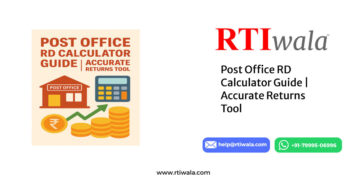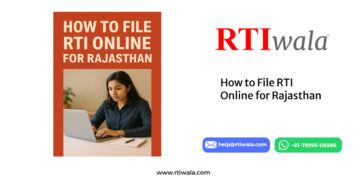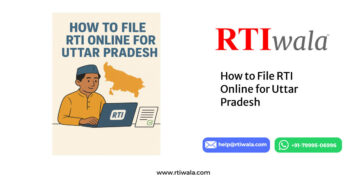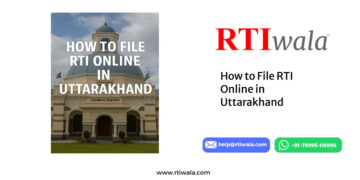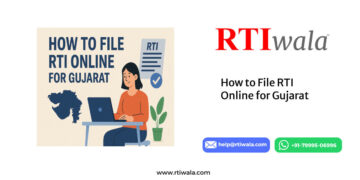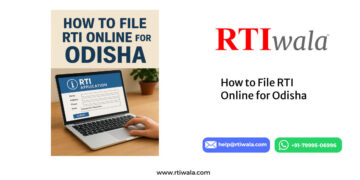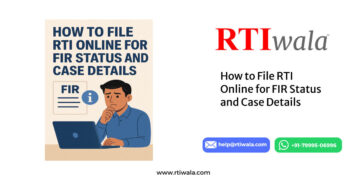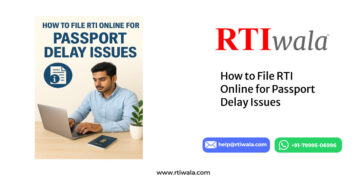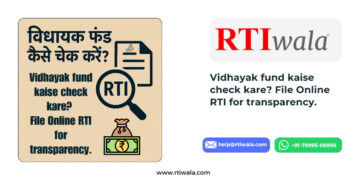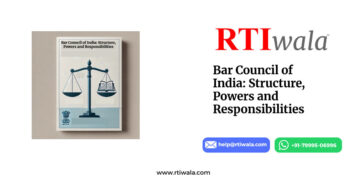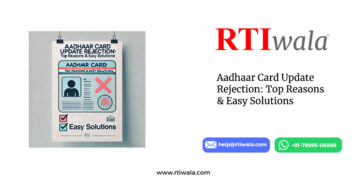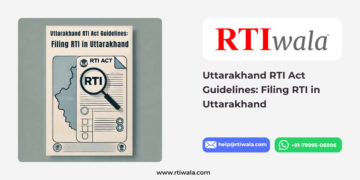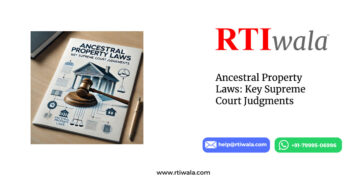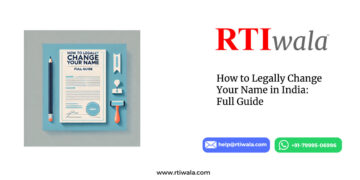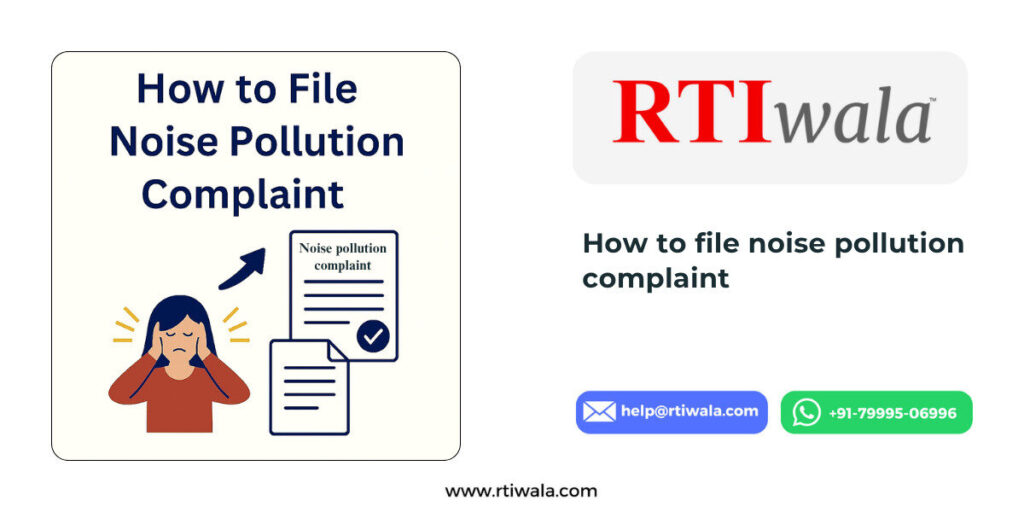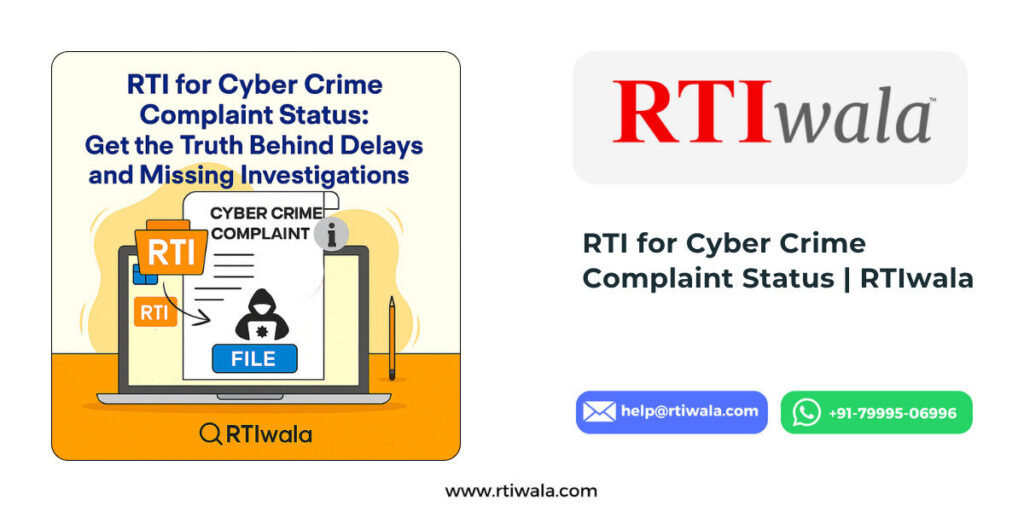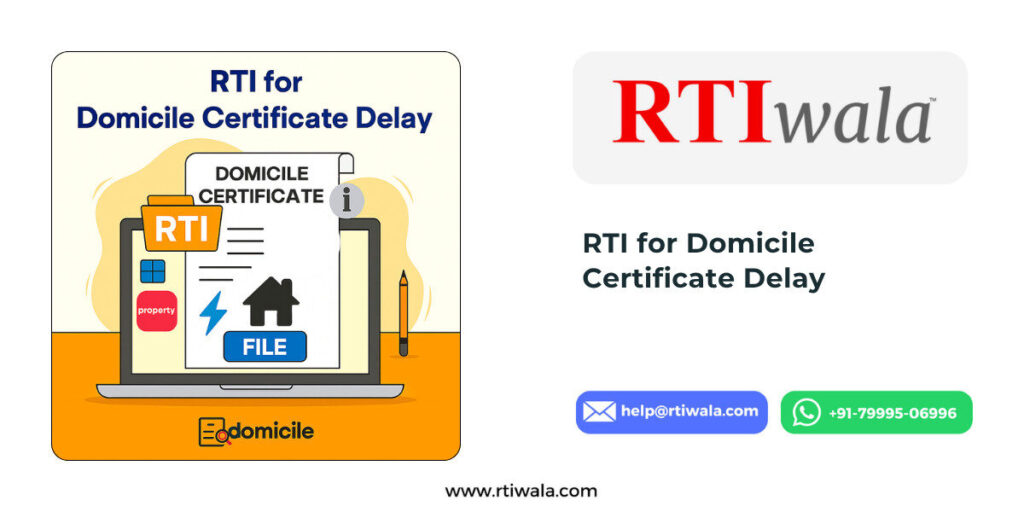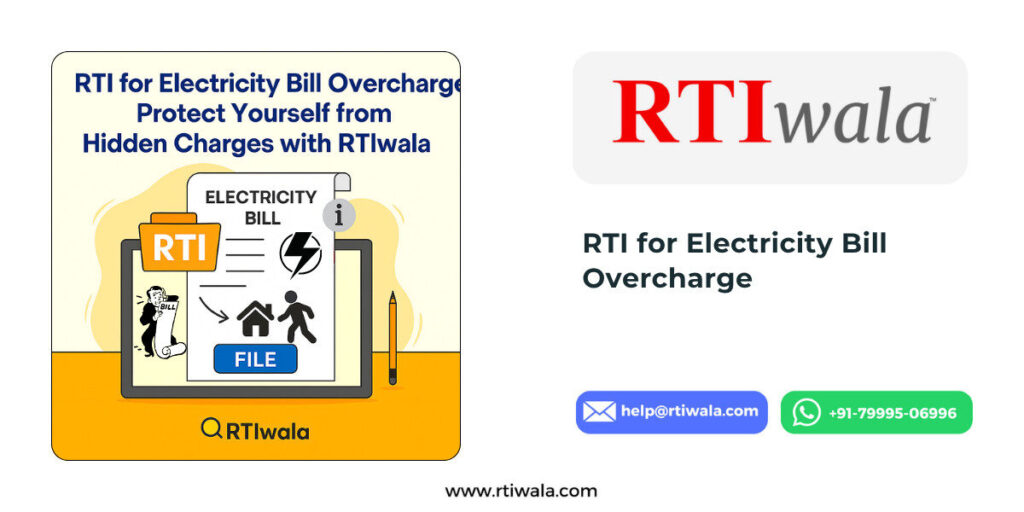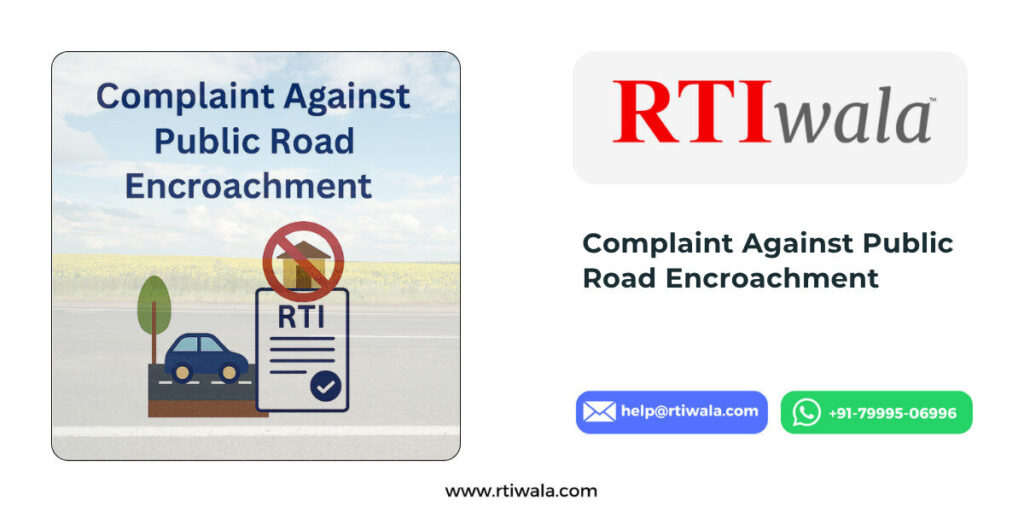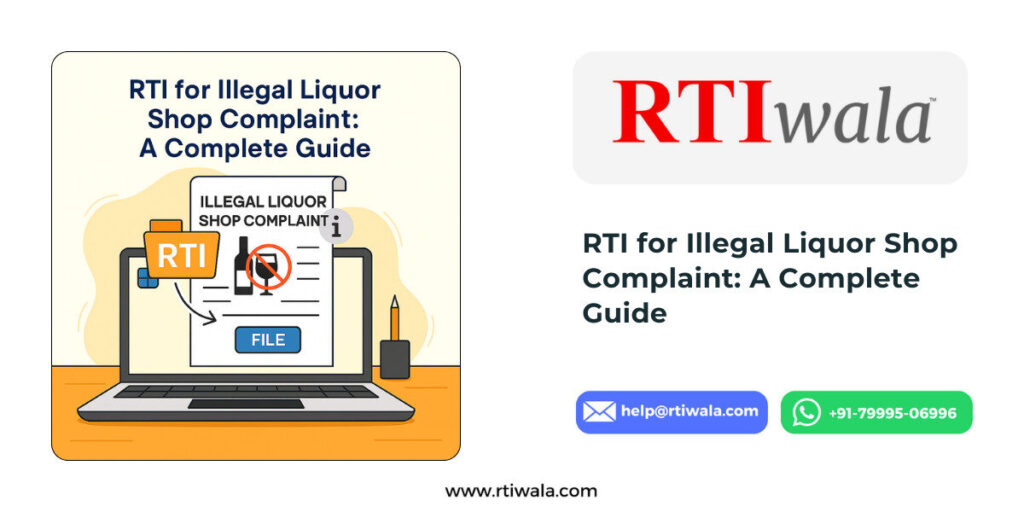How to File a Noise Pollution Complaint in India: A Complete Guide to Tackling Noise Nuisance
Noise pollution, often referred to as sound pollution, has become a pervasive urban challenge in India, affecting over 60% of the population in major cities like Mumbai, Delhi, and Bengaluru, according to a 2023 Central Pollution Control Board (CPCB) report. Defined under Indian law as unwanted or excessive sound that disrupts human or environmental health, noise pollution contributes to health issues such as hearing loss, hypertension, and sleep disturbances, with the World Health Organization (WHO) estimating that it causes 1.6 million healthy life years lost annually in Europe alone—a trend mirrored in India’s densely populated areas.
Understanding Noise Pollution: What Constitutes a Noise Nuisance?
A noise nuisance occurs when sound levels exceed permissible limits, causing annoyance, discomfort, or harm. In India, this isn’t just a minor irritation—it’s a legal violation under environmental laws. For instance, the Supreme Court of India in the landmark 2005 case Re: Noise Pollution – Implementation of the Laws for Restricting Use of Loudspeakers and Sound Systems (Writ Petition (Civil) No. 72 of 1998) ruled that excessive noise violates the right to life under Article 21 of the Constitution, emphasizing peaceful living as a fundamental right. Common sources include vehicular horns, construction machinery, loudspeakers during events, and domestic disputes like neighbour noise nuisance from blaring music or barking dogs.
Data from the CPCB’s 2024 National Ambient Noise Monitoring Network shows that 70% of monitoring stations in 16 cities exceeded daytime limits by at least 10 dB(A), with Delhi recording peaks of 85 dB in residential areas during festivals. Filing a complaint on noise pollution or complaint regarding noise pollution is not only your right but a civic duty, as unresolved cases can escalate to public health crises, as seen in the 2022 Chennai noise pollution epidemic linked to industrial emissions affecting 50,000 residents.
Legal Framework: Rules, Regulations, and Sections Governing Noise Pollution Complaints
India’s noise pollution regulations stem primarily from the Environment (Protection) Act, 1986 (EPA), which empowers the central government to set standards for environmental pollutants, including noise. Under Section 3 of the EPA, the government can take measures to protect the environment, while Section 6 allows for rule-making, and Section 25 ensures compliance through inspections. The key subordinate legislation is the Noise Pollution (Regulation and Control) Rules, 2000, notified via S.O. 123(E) on February 14, 2000, in the Gazette of India. These rules were amended in 2010 (S.O. 123(E), April 21, 2010) to restrict horns in silence zones and firecracker noise, and further in 2017 to enhance monitoring.
Additional laws include:
- Air (Prevention and Control of Pollution) Act, 1981: Section 2(a) includes noise as an air pollutant, allowing State Pollution Control Boards (SPCBs) to act under Section 31A.
- Indian Penal Code (IPC), 1860: Section 268 defines public nuisance (including noise causing common injury), punishable under Section 290 with a fine up to ₹200 for simple offenses, and Section 291 for continuance, escalating to ₹1,000 fine or imprisonment up to three months.
- Code of Criminal Procedure (CrPC), 1973: Section 133 empowers magistrates to order immediate cessation of nuisances like noise from factories or events, with non-compliance leading to attachment of property.
What You Can Do: Measure noise using CPCB-approved devices (e.g., sound level meters calibrated per ISO 1996 standards) and file complaints if levels exceed limits by 10 dB(A). You can seek interim relief via courts under Section 15 of EPA for violations. What You Can’t Do: Vigilante actions like damaging equipment, as this invites counter-charges under IPC Section 427 (mischief). Good situations to file include persistent violations (e.g., nightly noise over 45 dB in residential areas), supported by evidence like decibel readings or videos. Bad situations: One-off incidents (e.g., a single Diwali firecracker burst under 125 dB for 5 seconds, as per 2017 Supreme Court guidelines) or unsubstantiated claims without proof, which may lead to dismissal and costs.
Penalties under EPA Section 15 include up to five years’ imprisonment and/or ₹1 lakh fine for first offenses, doubling for repeats; courts in 2024 imposed ₹50,000 fines in 15% of Delhi cases, per DPCC data.
Permissible Noise Levels: Know Your Limits by Zone
The Noise Rules 2000 categorize areas into four zones with Leq (equivalent continuous sound level) limits in dB(A):
| Zone Type | Daytime (6 AM – 10 PM) | Nighttime (10 PM – 6 AM) | Key Notes |
|---|---|---|---|
| Industrial | 75 dB | 70 dB | Factories must use silencers; peaks not exceeding 10 dB above Leq. |
| Commercial | 65 dB | 55 dB | Includes markets; horns banned except emergencies. |
| Residential | 55 dB | 45 dB | Domestic sources like AC units capped at 50 dB. |
| Silence Zone | 50 dB | 40 dB | 100m radius around hospitals, schools, courts; declared by authorities per Rule 3(c). |
These align with WHO guidelines (night limit 40 dB for sleep). Firecrackers are restricted to 125 dB for 5 seconds (2010 amendment), banned in silence zones. In 2023, CPCB fined 200 Delhi establishments ₹10,000 each for exceeding residential limits by 15 dB.
When and Why to File a Complaint: Good vs. Bad Situations
File a complaint for sound pollution or complaint against sound pollution in good scenarios like chronic exposure (e.g., neighbor’s 70 dB music at midnight, risking hypertension per ICMR studies). After filing, expect site inspections within 24-72 hours, fines, and abatement orders. Bad scenarios: Trivial noises (e.g., brief lawnmowing under 55 dB daytime) or during permitted events (e.g., Ganesh Chaturthi processions with prior permission under Rule 5). Retaliation risks exist in neighbor disputes, so document everything.
Whom to Complain To: Your Options for a Noise Pollution Complaint Number
For a noise pollution complaint number, start with the police (dial 100 for emergencies, as per 2015 Maharashtra Home Department directive allowing anonymous calls). Local authorities include:
- City council noise complaint or council noise pollution: Municipal corporations (e.g., BMC in Mumbai via helpline 1916).
- Council noise nuisance: For out of hours council number noise nuisance, many cities like Delhi offer 24/7 lines (e.g., MCD’s 011-23232432).
- Noise nuisance council or noise nuisance number: Check state portals; e.g., Tamil Nadu’s 1902 for out of hours noise nuisance.
- Pollution boards: DPCC online complaint for Delhi, or CPCB for national issues.
- Whom to complain for noise pollution: Police for immediate action, SPCBs for technical violations.
In 2024, 40% of complaints via police led to on-spot resolutions, per NCRB data.
Step-by-Step Guide: How to File a Complaint Against Noise Pollution
Offline Filing
- Gather Evidence: Record noise with a decibel app (e.g., NIOSH Sound Level Meter) and timestamps. Note details like source and duration.
- Approach Authorities: Visit the nearest police station for an FIR under IPC 290 or EPA. For report noise pollution, provide a written complaint regarding noise pollution with witness statements.
- Local Bodies: Lodge with municipal ward office for city council noise complaint.
- Expect: FIR registration, site visit within 48 hours, and possible magistrate order under CrPC 133.
Online Filing: Noise Pollution Online Complaint
For online complaint against noise pollution or online complaint for noise pollution:
- CPCB Portal: Use cpcb.nic.in/query-form.php—select “Noise Pollution,” upload evidence, get a tracking ID.
- DPCC Online Complaint: Via dpcc.delhigovt.nic.in or Green Delhi App (download from Play Store; 2024 saw 50,000 noise filings, 80% resolved).
- State Portals: E.g., Maharashtra’s aaplesarkar.mahaonline.gov.in for online complaint for sound pollution; track via SMS.
- Police Apps: Delhi’s Himmat app or national CCTNS for noise pollution complaint online (1K-10K monthly searches indicate high demand).
- After Filing: Acknowledgment within 24 hours; investigation by environmental engineers; resolution in 7-30 days, with appeals to NGT if delayed.
For complex cases, use complaint number for noise pollution like CPCB’s 011-24364578.
Specific Scenarios: Tailored Advice for Every Noise Nuisance
Neighbour Noise Nuisance
Persistent loud TVs or parties? First, warn politely (document via letter). If ignored, file under IPC 268—expect police mediation, fines up to ₹200 initially, escalating to ₹1 lakh under EPA. In 2023, Bengaluru courts handled 1,200 such cases, with 60% settlements. What Happens Next: Cease-and-desist order; repeat offenses lead to eviction threats in rentals.
Construction Noise
Daytime (up to 75 dB industrial) is allowed, but night bans apply. Complain to builder’s municipal approver; Supreme Court in Kalyanpur Lime Works vs State of Bihar (1954) upheld CrPC 133 for halting work. Out of hours noise complaints via police yield immediate halts; 2024 Mumbai saw 500 stoppages.
Events and Festivals
Loudspeakers banned post-10 PM without permission (Rule 5). For Diwali, green crackers only (145 dB cap, 2020 NGT order). File via event permission authority; post-event, fines up to ₹1 lakh.
Industrial or Commercial Sound Pollution Complaint
Exceeding 75/70 dB? Report to SPCB for audits. In Vellore Citizens Welfare Forum vs Union of India (1996), SC mandated pollution boards’ primacy.
Out of Hours Noise Nuisance
For out of hours noise complaints, dial 100 anonymously—response within 30 minutes in metros, per 2015 guidelines.
What Happens After Filing: Timeline and Outcomes
Post-sound pollution complaint, authorities inspect (Rule 7), issue notices, and impose penalties. If unresolved, appeal to National Green Tribunal (NGT) under 2009 Act—e.g., 2024 NGT fined Punjab ₹50 crore for noise violations. Track via portals; 70% resolutions within 15 days, per CPCB 2024 stats.
Leveraging RTI for Deeper Insights: Partner with RTIwala
If complaints stall (e.g., no action on council noise pollution), file an RTI under the Right to Information Act, 2005, to query status or enforcement data. RTIwala offers seamless support:
- Online RTI: Ideal for tracking unresolved cases, like persistent noise nuisance out of hours—file via now.rti.link/orf.
- Anonymous RTI: Stay safe in neighbour noise nuisance disputes—use now.rti.link/aro.
- Expert Consultation: Discuss legal angles with pros—book at rtiwala.com/book-appointment.
- Custom Drafting: Tailor queries for dpcc online complaint follow-ups.
- Products like pre-made RTI kits and budget-friendly pricing make it accessible.
In 2024, RTIwala helped 5,000 users resolve environmental queries, including 20% noise-related.
Conclusion: Silence Your Concerns Today
Filing a complaint against noise pollution empowers you to reclaim peace, backed by robust laws like the 2000 Rules and EPA. From noise pollution complaint number 100 to online noise pollution complaint portals, act swiftly with evidence for best results. Remember, early intervention prevents escalation—consult RTIwala for hassle-free RTI aid. For personalized advice, reach state helplines; your voice against noise matters. Stay informed, stay silent.






